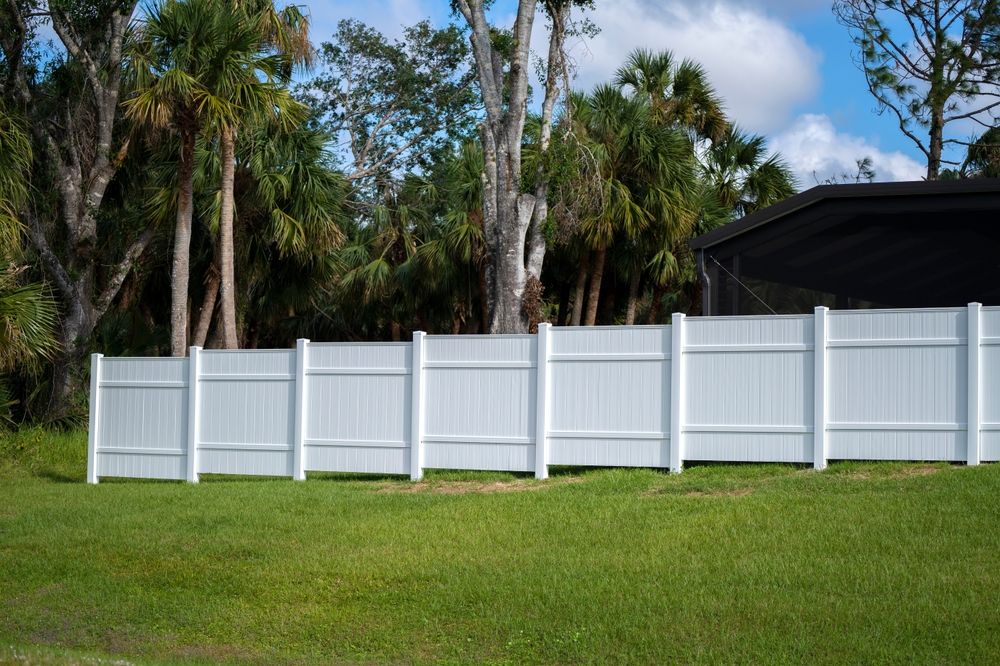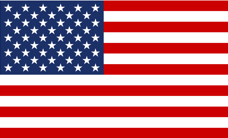
Vinyl fencing has become one of the most popular choices among homeowners and property developers because of its sleek appearance, low maintenance needs, and long-lasting nature. However, when it comes to extreme weather conditions like high winds and powerful storms, many homeowners wonder about vinyl fence durability and how vinyl fencing performance in storms compares to other materials such as wood, chain link, or aluminum. In this blog, we’ll dive deep into the structural design, resistance capabilities, installation methods, and maintenance tips that influence how well vinyl fences withstand extreme weather conditions.
Understanding Vinyl Fence Durability in Extreme Conditions
When assessing vinyl fence durability, it’s essential to consider the material composition and engineering behind these fences. High-quality vinyl fences are made from polyvinyl chloride (PVC), a material known for its strength, flexibility, and resistance to environmental damage. Unlike wood, which can rot, warp, or crack when exposed to moisture, or metal fences that may rust over time, vinyl maintains its structural integrity for years with minimal upkeep.
Vinyl fencing is designed to handle typical weather fluctuations, but its performance during strong winds and storms depends on several factors. One key aspect is the flexibility of PVC. Vinyl isn’t rigid like some other materials; it has a degree of “give,” allowing it to bend slightly rather than snap when exposed to wind pressure. This flexibility provides a significant advantage during storms, especially in coastal or tornado-prone regions where winds can exceed 70 mph.
However, not all vinyl fences are created equal. Thicker panels and reinforced rails provide better resilience, while lower-grade vinyl products may fail when subjected to extreme forces. Homeowners seeking maximum protection should invest in premium-grade vinyl fences designed specifically for high-wind environments.
How Vinyl Fencing Performance in Storms Compares to Other Materials
To truly understand vinyl fencing performance in storms, it’s helpful to compare it with other common fencing materials. Wood, for example, is aesthetically pleasing but tends to absorb moisture, leading to swelling, warping, and eventual structural weakness. During hurricanes or intense thunderstorms, wooden fences often fall victim to strong gusts, especially if they haven’t been regularly maintained.
Metal fencing, particularly aluminum and steel, provides more strength but has its own drawbacks. While aluminum is resistant to rust and corrosion, it can dent under pressure. Steel fences, though sturdy, are prone to rust in coastal areas and can become heavy wind barriers, making them more likely to topple if not installed with deep-set, reinforced posts.
Vinyl fencing stands out in this comparison. Its lightweight yet strong composition, combined with its flexibility, makes it ideal for high-wind zones. Instead of resisting wind force entirely, vinyl fences often allow controlled airflow through spaced pickets or panel designs, reducing pressure on the structure. Additionally, because vinyl doesn’t absorb water, it avoids problems like swelling, rotting, or mold growth after heavy storms.
Another factor contributing to vinyl fencing performance in storms is its seamless construction. Unlike wooden fences composed of multiple boards that can come loose, vinyl panels are often manufactured as single, sturdy pieces that lock securely into posts. This reduces the chances of individual components detaching and flying off during high winds.
The Role of Proper Installation in Storm Resistance
While material quality plays a significant role in vinyl fence durability, installation is just as critical when it comes to storm performance. A high-quality vinyl fence that is poorly installed may fail during extreme weather, while a standard-grade fence installed with precision and reinforced techniques can withstand surprisingly strong conditions.
One of the most important installation practices for maximizing vinyl fencing performance in storms is proper post anchoring. Fence posts should be deeply embedded in concrete footings, ideally below the frost line, to ensure stability even when exposed to shifting soil and water saturation. Posts that are too shallow or improperly set are far more likely to loosen and collapse when subjected to strong winds.
Spacing also matters. While solid-panel vinyl fences provide privacy, they can act like sails in high winds if not installed with wind gaps or reinforced supports. Many homeowners opt for semi-private vinyl designs with slight spacing between pickets, allowing wind to pass through while still maintaining visual privacy.
In addition, reinforcing horizontal rails and using stainless steel fasteners can significantly improve a fence’s resistance to storm damage. Professional installers often employ techniques like adding internal aluminum inserts within the rails to provide extra structural support without compromising the aesthetic appeal of vinyl fencing.
Maintenance Tips to Maximize Vinyl Fence Durability in Storm-Prone Areas
Although vinyl fences require far less maintenance than wood or metal, homeowners living in storm-prone regions should still adopt preventative measures to enhance their fence’s ability to withstand extreme weather. Regular inspections are crucial, especially after seasonal storms. Check for loose panels, cracked posts, or weakened fasteners, and make necessary repairs before the next weather event.
Cleaning your vinyl fence also contributes to long-term strength and appearance. Dirt and debris buildup can increase surface friction during storms, making panels more vulnerable to wind pressure. A quick wash with mild soap and water not only restores the fence’s clean look but also prevents mold growth in humid environments.
Another often-overlooked aspect of maintenance is landscaping. Overhanging branches can fall and damage vinyl panels during storms, while dense shrubs planted too close to the fence can restrict airflow and increase wind resistance. Keeping nearby vegetation trimmed helps reduce potential storm-related damage.
In high-risk hurricane regions, some homeowners choose to temporarily reinforce their vinyl fences before predicted storms. This can involve adding removable bracing, securing gates with additional latches, or even temporarily removing sections of fencing to reduce surface area exposed to extreme winds.
Why Vinyl Fences Are a Reliable Choice for Storm-Prone Regions
Considering all factors — from material engineering to installation techniques and maintenance practices — vinyl fences have proven themselves to be a highly reliable option for homeowners in storm-prone regions. Their natural flexibility, combined with modern manufacturing technologies, gives them a performance edge over traditional materials when facing high winds and torrential rain.
The longevity of vinyl fences under extreme weather conditions has made them a preferred choice in areas frequently impacted by hurricanes and severe storms. While no fencing material is entirely impervious to nature’s strongest forces, vinyl offers a balance of strength, resilience, and low maintenance that makes it one of the best long-term investments for protecting property boundaries.
Moreover, advancements in vinyl manufacturing continue to improve vinyl fencing performance in storms. Modern designs incorporate reinforced cores, improved locking systems, and innovative wind-resistant profiles specifically engineered for areas prone to extreme weather. These enhancements give homeowners confidence that their investment will endure even under challenging conditions.
Conclusion
Vinyl fence durability has advanced significantly over the years, making vinyl fences one of the strongest and most weather-resistant options on the market today. Their performance during strong winds and storms largely depends on the quality of the material, proper installation techniques, and ongoing maintenance. Compared to wood and metal, vinyl offers a superior balance of flexibility, strength, and low maintenance, making it an ideal fencing solution for homeowners seeking long-term reliability.
For those living in regions frequently affected by severe weather, investing in a high-quality vinyl fence and ensuring proper installation can make all the difference when the next storm hits. By choosing durable materials, reinforcing key structural points, and practicing proactive maintenance, you can ensure that your vinyl fence remains standing strong for years to come, no matter what nature throws its way.
Need Vinyl Professionals in Santa Clarita, CA?
Established in 2006, Vinyl Professionals, Inc. is a vinyl fencing supplier located in Valencia, California and providing service to the surrounding areas. We specialize in only vinyl structures — since no two properties are symmetrical, we custom-fabricate any and every project that leaves our shop worldwide according to the customer’s needs and priorities. We fabricate all our orders in our factory with experienced fabricators. In our fabrication shop you will find a state of the art computerized routing machine to ensure precise and clean cut outs for rail lock-ins, no brackets nor screws are used on the exterior of our fencing every rail post and plank interlock into one another and combine as one. Give us a call today!

